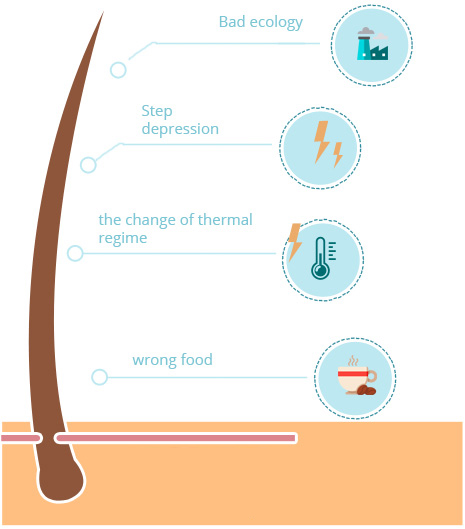Male Hair Loss
Male pattern baldness
In men, the most common form of hair loss is androgenic alopecia. It is also called as male pattern baldness (MPB). This form of hair loss affects up to 70% of men at some stage in their lifetime. In some men, male pattern baldness can begin in their late teens or early twenties.
Men with a family history of hair loss are more likely to get affected with male pattern baldness. When young ones reach puberty, testosterone levels increase, including a testosterone derivative called dihydrotestosterone (DHT). There are men who are genetically susceptible to be more sensitive to this testosterone derivative. As a result, the growth phase of the follicle lifecycle (anagebecomes shorter and shorter, and the resting phase (telogebecomes longer. Due to this, the follicles shrink and the hair becomes thinner and eventually unable to grow at all. This is known as follicular miniaturization.
There are instances when the miniaturized hair follicles remain alive for some years, which means that non-surgical treatments can slow or even reverse the effects of hair loss if applied in early stage. However, once the follicles become inactive, it is not possible to regrow the hair. To get the natural looking hair regrow, advanced surgical techniques like FUE will be required.

